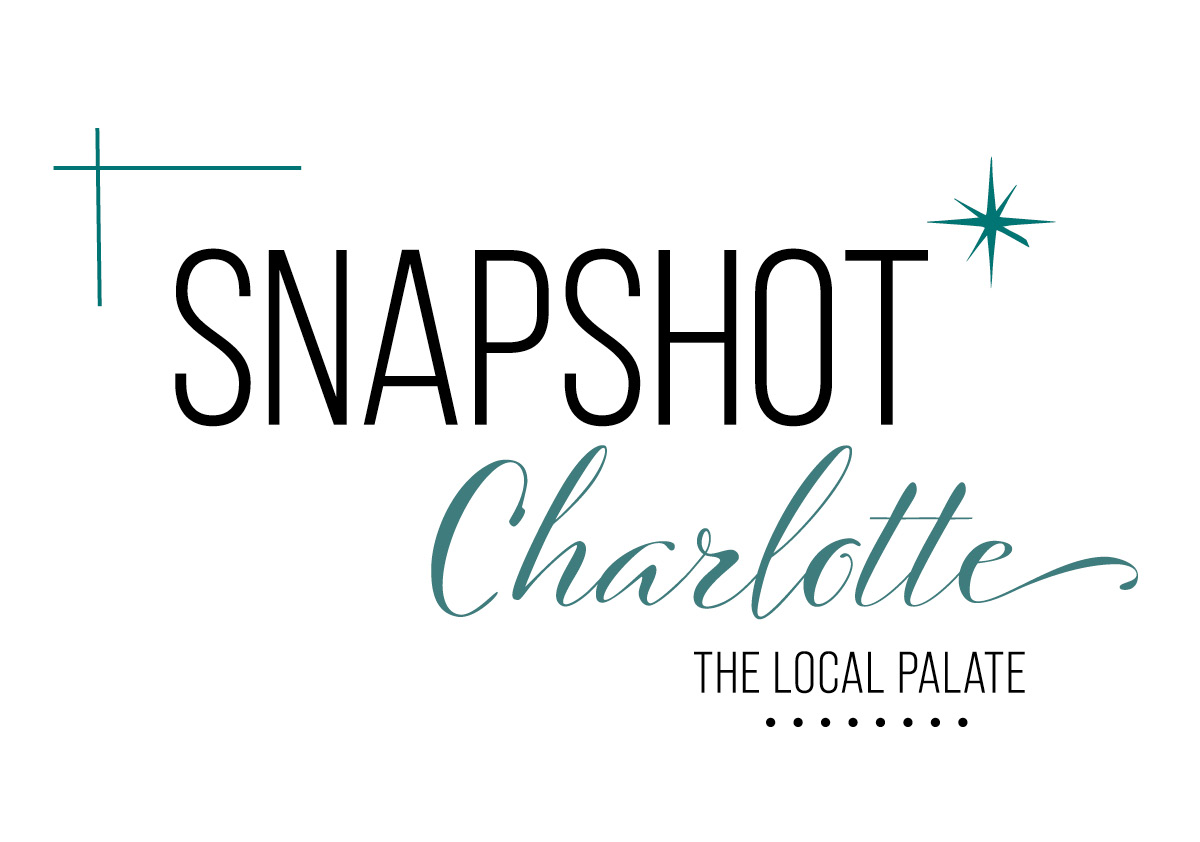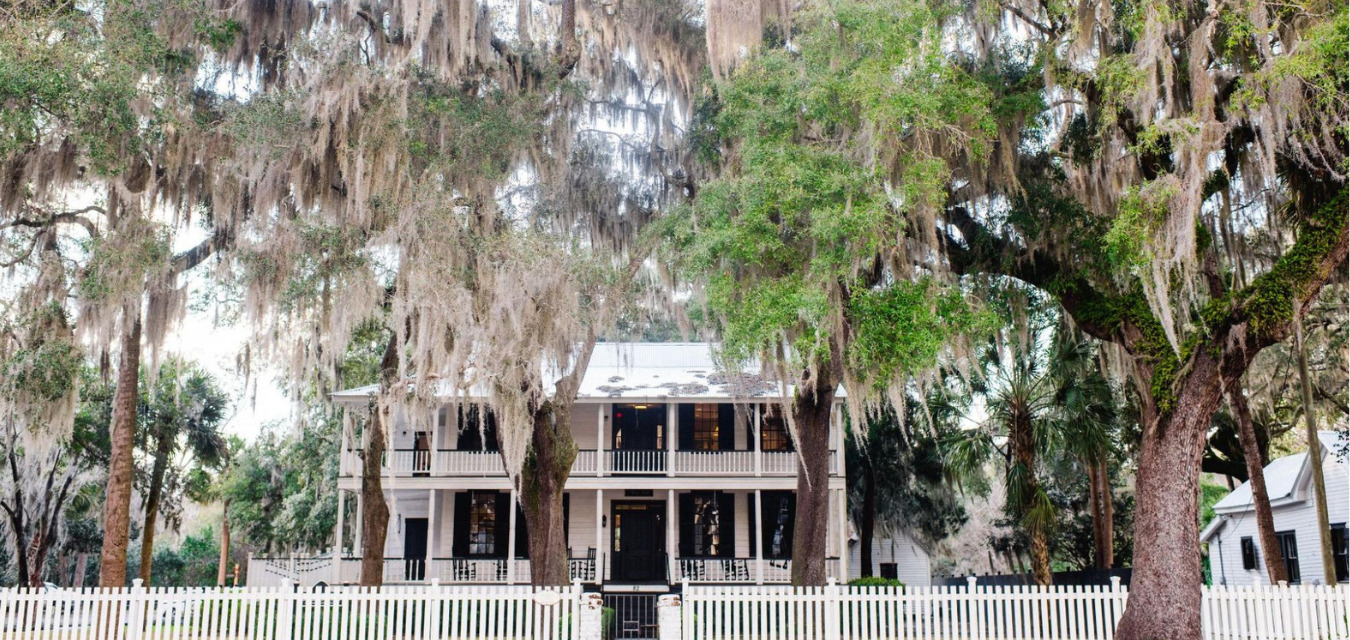Steeped in history yet bustling with new energy, Bluffton builds on its past to inform and inspire its future. Defined by the serpentine May River, Bluffton offers a calming allure around every bend of the waterway.

One of Bluffton’s many pleasant features is its walkability. Strolling down the centuries-old streets in Old Town Bluffton is an enjoyable way to experience the gentle allure of the Lowcountry. Boutiques, restaurants, and galleries stand side by side with demure cottages and genteel homes, many dating to the early 1800s.
The entire one-square-mile historic district of this charming river village is listed on the National Register of Historic Places. The district includes two original shops, twenty houses, two churches, and an oyster-shucking factory.
Before the Civil War, Bluffton became a popular summer haven known for its cool river breezes. In the center of Old Town, Calhoun Street is lined with historic cottages, homes, and shops.

Heyward House Museum & Welcome Center was constructed in the Carolina farmhouse style by enslaved people in 1841. Today it serves as the town’s Welcome Center.
During the Civil War, Union forces burned Bluffton in June 1863. About sixty structures stood in town before the fire. After the dust settled, fifteen remained. Two surviving churches have become well-known landmarks: Campbell Chapel African Methodist Episcopal Church, built in 1853, and on the banks of the May River, the Anglican Church of the Cross, circa 1857.
The Huger-Gordon House, one of the oldest houses in Bluffton, sits on Water Street with a breathtaking view of the May River and still serves as a family home. One section of the house dates to 1795. Although the house survived the Union burning in 1863, scars around the front door show where it was shelled with minié balls during the scuffle.
The Card House on Bridge Street was built about 1825. According to local folklore, it changed hands in a late-night poker game, which became its namesake.

The Garvin-Garvey House, perched on the river bluff, was the first home owned and built by a freedman’s family. Today it is open to visitors as an interpretive center.
A stone’s throw down Wharf Street, Bluffton Oyster Factory Park recognizes the importance of the seafood industry to Bluffton. Its location on the May River makes a picturesque backdrop for town events, as well as personal celebrations, such as weddings and family reunions.
AN ENDURING PEOPLE
For more than 300 years, the Gullah, descendants of slaves, have lived in the Lowcountry of South Carolina. Brought against their will from West and Central Africa, they endured hardship and heartbreak. After emancipation, they established new communities throughout the Lowcountry. Today these families and their ancient culture remain a vibrant thread in the fabric of Bluffton.
share
trending content
-
Get To Know Roanoke, Virginia
-
New Myrtle Beach Restaurants Making Waves
-
Shrimp and Grits: A History
by Erin Byers Murray -
FINAL VOTING for Your Favorite Southern Culinary Town
-
New Restaurants in Arkansas
More From Partnered
-
Wilder at Windy Hill Farm and Preserve
-
Discover the Magic of Summer in West Volusia, Florida
-
Surry County, Virginia: Come Hungry, Leave Satisfied
-
Recap: Whiskey After Dark York County 2025
-
A Culinary Retreat at Trailborn Highlands











